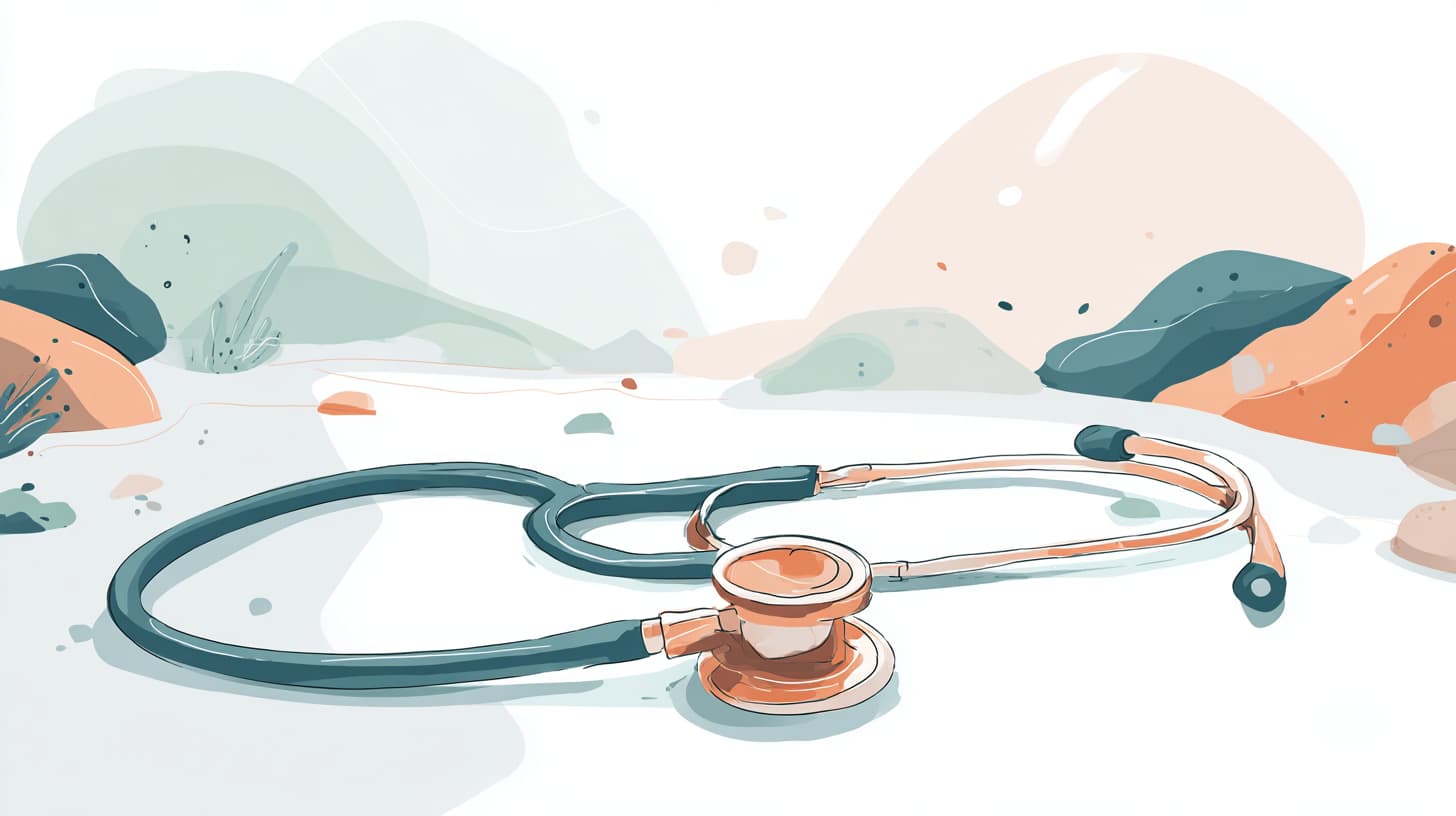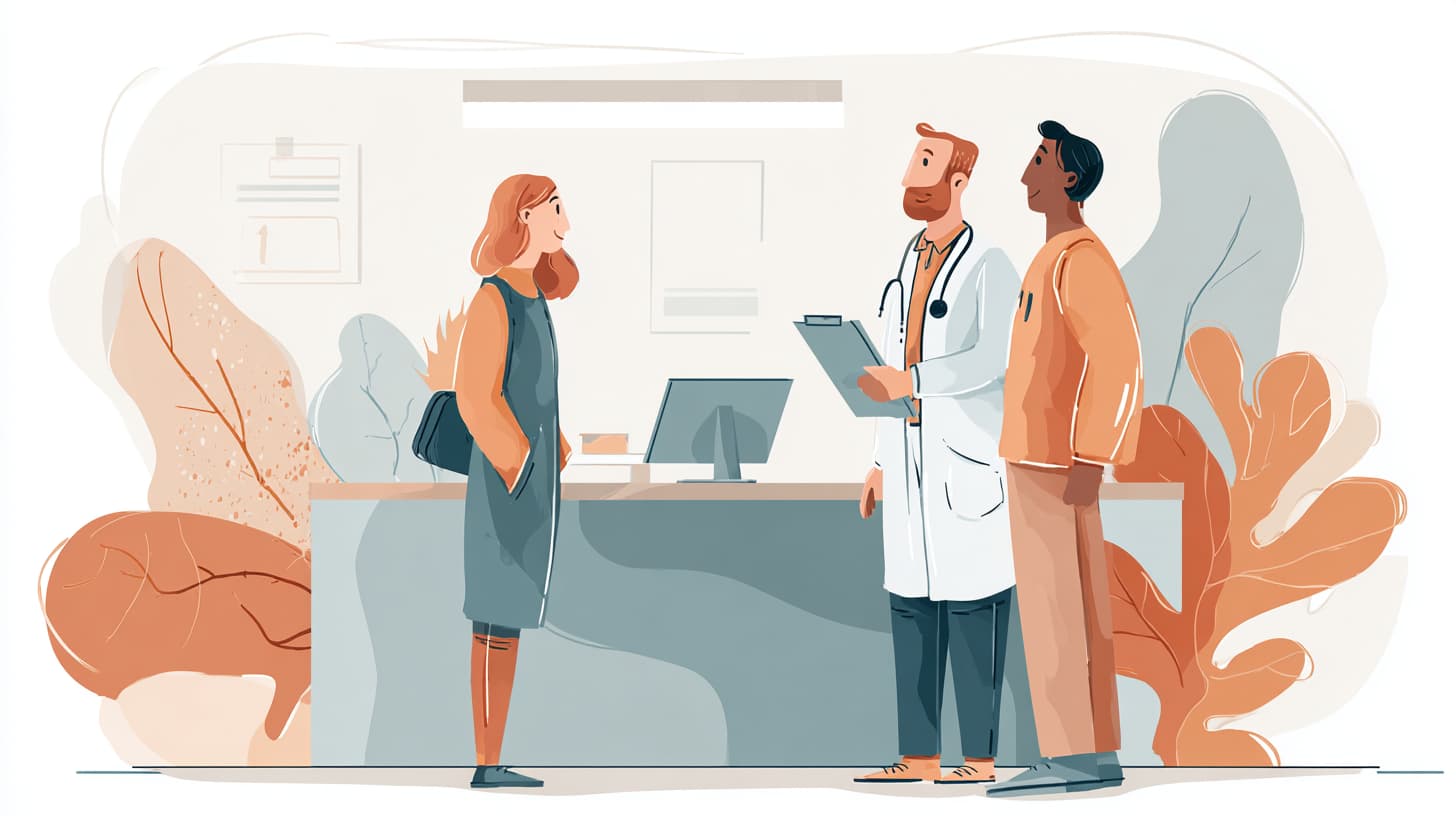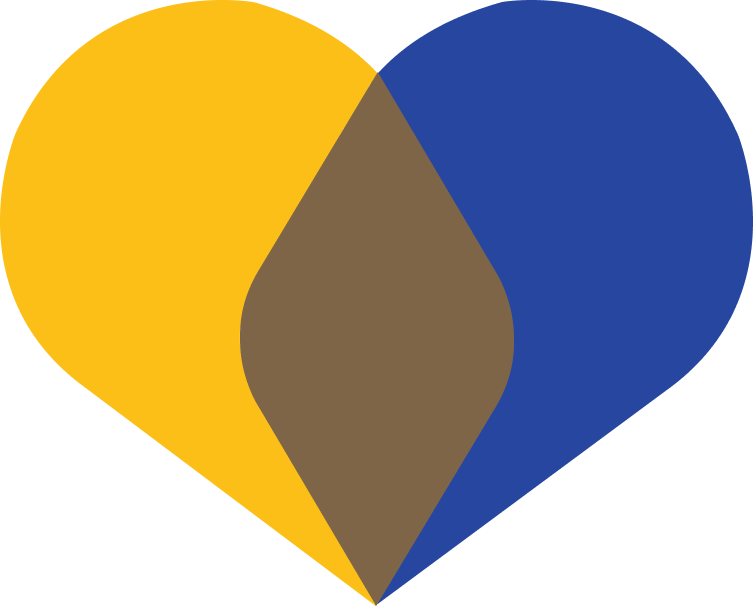Chronic care management and remote patient monitoring

Remote patient monitoring offers a convenient way to provide continuous care to patients living with a chronic condition such as high blood pressure or diabetes but before CMS introduced reimbursements for remote patient monitoring of physiological data, physicians already had a paid opportunity to care for those patients without a face-to-face contact: with chronic care management.
What is chronic care management?
Chronic care management (CCM) was introduced in 2016 to provide a better way to care for patients living with two or more chronic conditions. Chronic care management entails care and education of chronic patients outside the medical setting and is usually done over the phone or a video visit. It can be performed by a physician, qualified healthcare provider or a member of the clinical staff such as a nurse or medical assistant.
The definition of CCM by CMS is “care coordination services done outside of the regular office visit for patients with multiple (two or more) chronic conditions expected to last at least 12 months or until the death of the patient, and that place the patient at significant risk of death, acute exacerbation/decompensation, or functional decline.”
What conditions fall under chronic care management?
Variety of conditions can fall under the “chronic condition” definition including some types of cancer, Alzheimer, HIV, along with the more obvious diseases like diabetes and hypertension.
What is part of CCM care?
Chronic care management is built on the principles of value care base model and an active participation of the patient in their own health management. As part of CCM, patients receive continuous care with 24/7 access to their care team, preventative care services with education and health monitoring, and improved communication with their care provider.
What is remote patient monitoring?
Remote patient monitoring became reimbursable as a stand alone care service in 2018 and the scope of the care was extended in 2019 with additional CPT codes. RPM program offers continuous tracking of patients’ vitals without the need for an appointment, giving clinical staff a more robust feedback on the patient’s health in-between doctor’s visits. Health tracking devices such as blood pressure monitors and glucometers, equipt for an electronic data transfer, allow patients to measure their vitals from the comfort of their home while their care teams get real time access to those measurements. You can learn more about remote patient monitoring here.
What is the difference between CCM and RPM?
The main difference between chronic care management and remote patient monitoring is that CCM represents a larger, bigger scope service to manage the health of patients with 2 or more chronic conditions, incorporating a comprehensive care plan, unlimited access to care and continuous patient support of the patient without face-to-face appointments. Remote patient monitoring is primarily based on ongoing surveillance of the patient’s vitals and care support reflecting the patient’s health status and needs. Patients just with 1 health condition warrant an eligibility for RPM reimbursements whereas 2 chronic conditions are required for CCM reimbursements. Given the broad nature of CCM, remote patient monitoring can often be part of CCM, especially if not offered a stand-alone service.
Shall medical practices offer both: chronic care management and remote patient monitoring?
Both CCM and RPM are reimbursable care models that complement each other when implemented simultaneously. Many medical practices will find that their older patients qualify for both and by offering and enrolling eligible patients to chronic care management and remote patient monitoring programs, patients receive the best quality care and medical practices improve their revenue with more reimbursement CPT codes available to them.
Lara Health simplifies remote patient monitoring by automating admin tasks and billing. See how easy it is to expand your practice services and qualify for more CPT codes with Lara Health.
Lara Health's platform helps medical practices deliver better patient outcomes and stronger financial performance.
Our platform streamlines chronic care management (CCM), remote patient monitoring (RPM) and advanced care coordination − empowering your team to focus on care, not paperwork.
With a powerful billing engine supporting 55+ CPT codes, Lara Health simplifies reimbursements and optimizes every step of your workflows.
See how it works, or discover how Lara Health is shaping the future of connected care.
To learn more about our mission, start here. If you're looking for a new career direction, check out our recruiting pages.




